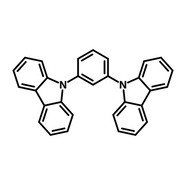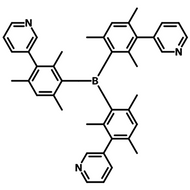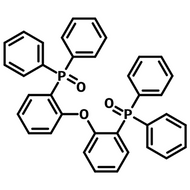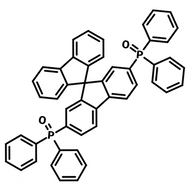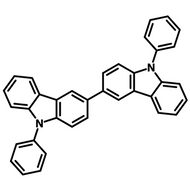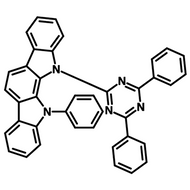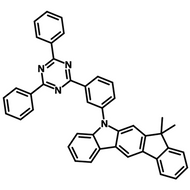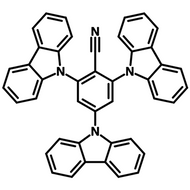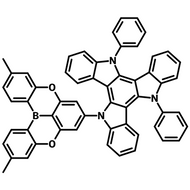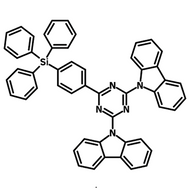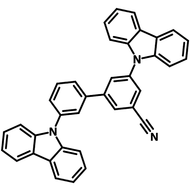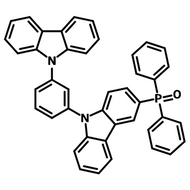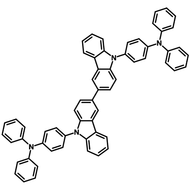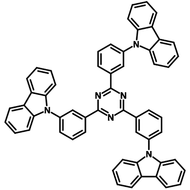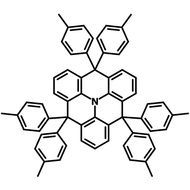TADF Host Materials

Thermally activated delayed fluorescent (TADF) host materials are used in the third generation of OLED devices. Through the TADF mechanism of recombination, triplet electrons can be converted into singlet electrons and in turn decay through singlet-singlet transitions. As a result, TADF materials have a theoretical efficiency of 100% making them extremely attractive in OLED research. They support the emissive process by providing an efficient charge transport and energy transfer environment.
The key features of TADF host materials include:
TADF host materials address the challenges associated with blue emission in OLEDs, such as short lifespans and degradation. Traditional materials have struggled to support prolonged functionality due to the high energy demands of blue emission.
TADF host materials have a unique ability to harvest triplet excitons without heavy-metal-based phosphorescent dopants makes them a sustainable and cost-effective solution for next-generation OLEDs.
Browse our range of high purity TADF host materials including TPBi, CBP, and T2T, to maximize your OLED device efficiency. Please contact Ossila if you would like some advice.
Jump to: Browse all TADF Host Materials | Resources and Support
Browse TADF Host Materials
Related categories: Charge transport layer materials, Dopant materials, Host materials, TADF materials, OLED materials
Filter by purification technique:
Page 1 of 2
Resources and Support
Thermally Activated Delayed Fluorescence (TADF) is a mechanism by which triplet state electrons can be harvested to generate fluorescence.
Read more... What is a Fluorophore?
What is a Fluorophore?
A fluorophore is a chemical compound that is fluorescent, meaning it emits strong glowing colors. There are three key groups of chemical compounds that can fluoresce:
Read more...Intramolecular charge transfer (ICT) refers to the transfer of charge within a single molecule (intra = “within” in Latin). In molecules containing one or more electron donor and acceptor groups, ICT can occur if the molecule is in an excited state.
Read more...An exciplex (or excited complex) is a complex formed from two different molecules, where one molecule is in an excited state (donor) and the other is in the ground state (acceptor). Both are typically conjugated semiconducting molecules. This short-lived complex will occur when the molecules are in close proximity to one another, and it results in a lower energy than if the two existed separately in their excited and ground states.
Read more...



